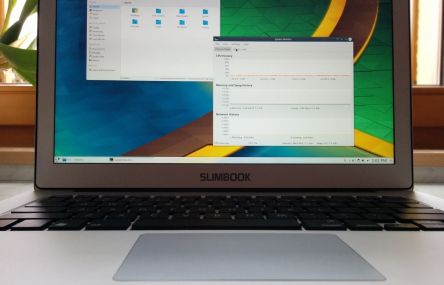The world has three major personal computing platforms: Microsoft Windows, macOS and Linux kernel-based. Though there is no reliable way to know the exact usage share of each of these operating systems, there are estimates. A recent stack overflow web developer survey says that usage among English speakers is broken down as follows: Microsoft Windows – 52.02 percent; Apple macOS – 26.2 percent; Linux kernel based – 21.7 percent. Despite benefits as an independent, open-source platform, Linux is the orphan child. Unlike Apple, which is dedicated to making sure hardware and software work in sync, and unlike Windows’ licensing fees and requirements to ensure that hardware providers come up with proper drivers and support, Linux users can go through hoops to get running on different hardware. The usual method to get Linux on a computer typically involves digging for information on multiple forums, using how-to-guides and hoping that at least one other member of the community has experienced the issue that you’re facing. You’re probably familiar with this scenario: desktop Linux user buys a Windows laptop, wipes the hard drive and installs Linux on it. Afterwards, he realizes that he is on his own, with no support from the laptop manufacturer. That’s the life of a Linux user— solitary as a trade-off for safety. This segment of users has seen an ever-rising interest from manufacturers—Dell has been selling Ubuntu versions of their XPS laptops for a few years now, as has System76 and Lenovo. More recently, the KDE community in collaboration with Spanish laptop retailer Slimbook launched their very first KDE laptop. Their goal is not (just) to make a lot of money, but through its homogenized hardware to bring Linux to more users. KDE is an international team cooperating on development and distribution...

